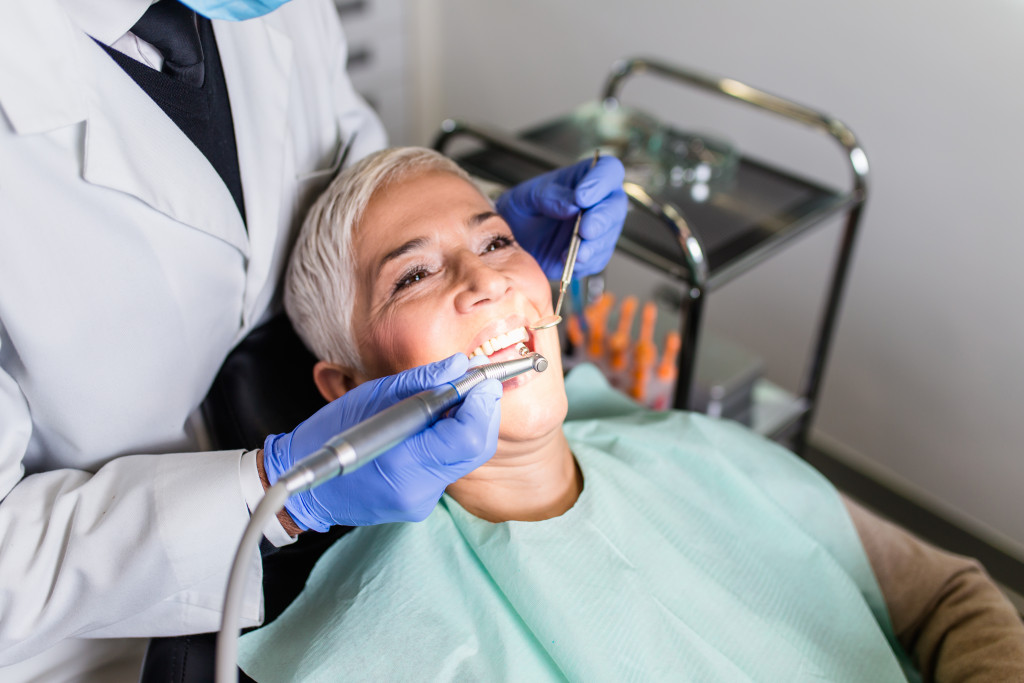Regular preventive dental care is vital for preserving general health and quality of life since it helps to prevent disorders like diabetes and heart disease. On the other hand, rural areas frequently lack proper oral healthcare and hence miss out on the benefits of excellent dental health.
Before discussing the tips to improve oral health care in rural communities, let us first understand various factors that act as barriers to Oral Health Care in Rural America.
Oral Health Challenges Faced by Rural America
A number of factors hamper access to oral care in rural areas. There are physical hurdles, such as large distances or tough terrain, as well as socio-cultural impediments, such as a lack of transportation, insurance, and oral health specialists.
Several well-documented variables have been linked to challenges in providing oral health care in rural America. Here is a list of some major oral health challenges in rural communities.
- Rural areas have fewer dental health experts; people have to travel further to receive dental treatment.
- Public transportation is sometimes non-existent in rural areas, making it difficult for individuals to go to a dentist, particularly those with low incomes.
- Due to higher poverty rates than urban areas, poor rural residents often cannot afford dental care or dental insurance.
- Rural America has a higher percentage of adults aged 65 and up, who are less likely to have dental coverage because they are often unemployed.
- According to a 2010 survey, employers in rural areas are less likely to offer dental insurance than those in more populous areas.
On average, rural dwellers have less money, fewer teeth, more cavities, more difficulty accessing care, and poorer overall health than their non-rural counterparts.
Strategies to Improve Oral Health in Rural Communities
Incentive Scheme for Dental Providers
There hasn’t been a lot of progress in terms of increasing the supply of dental professionals. However, additional resources provided by the government may be able to expand the number of dental professionals available now and in the future.
Although opening more dentistry schools is a crucial first step, enrollment needs to be boosted as well. Barriers that prevent students from pursuing a dental career, including those from low-income, minority, and rural backgrounds, must be overcome.
Incentives such as scholarships, tuition reimbursement, and loan payback or forgiveness programs can be used to do this.
Use of Mobile Dental Health Vehicle
In rural America, many successful mobile oral health initiatives have been established and are widely used. Preventive treatment, x-rays, and other dental operations have been provided by mobile dental vans and other portable dental clinics to various rural population centers.
Mobile oral health programs that provide services to remote populations can be found all across the country. For instance, the Delta Dental Mobile Program provides children in rural and urban areas of South Dakota with access to oral healthcare services.
Increased Reimbursements to Dental Providers
Compared to private-sector expenses, Medicaid reimbursement rates for oral health services are low. Low dental reimbursement rates, which vary by state, are a key barrier to Medicaid provider involvement.
According to an American Dental Association report from 1998, the number of dentists enrolled as Medicaid providers ranged from 1 in Delaware to 3,788 in New Jersey.
By increasing reimbursement rates, several states, like Michigan and New Mexico, have boosted the number of Medicaid providers.
Use of Technology

Emerging technologies have a significant impact on how dentistry is being practiced and how patients take care of themselves. Can you imagine getting a 3-D printing for dentistry done in an hour? How about a consultation through teledentistry? Or the ability to regrow teeth at the age of 80?
Video consultations, picture and data sharing among clinicians, provider education courses, and patient monitoring are all examples of teledentistry services that address a patient’s oral health.
It’s a new tool for connecting rural and non-rural individuals to health care. While there are problems with funding, quality of treatment, and patient safety, teledentistry can help a practice screen for disease and link patients with the proper care.
Expansion of Dental Teams
Expanding dental teams to include mid-level dental providers is one method dentists could improve access to care in remote areas.
These specialists, also known as dental therapists, have a track record of providing low-cost, high-quality preventative and routine restorative care to a wide range of underprivileged populations. Their services include filling cavities, putting temporary crowns, and extracting loose teeth.
Oral health has received increased attention in recent years. Even though attempts to promote access to services in rural communities are becoming more prevalent, there is still much that can be done—on individual, professional, and community levels to improve our population’s oral health.

